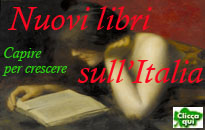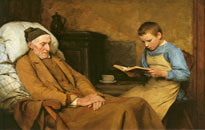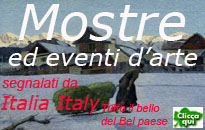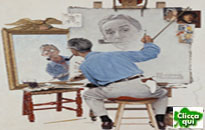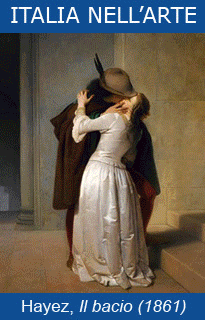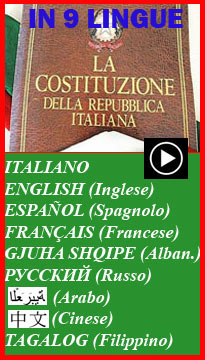 We all use it, several times a day. Many people know it, even abroad. Greeting "Ciao" is a clear sign of Italy and is the most famous Italian word abroad after "pizza", so common that sometimes it is expressed without speaking, only ...
We all use it, several times a day. Many people know it, even abroad. Greeting "Ciao" is a clear sign of Italy and is the most famous Italian word abroad after "pizza", so common that sometimes it is expressed without speaking, only ...
with a gesture of the hand.
“Ciao” is cordiality, sharing, familiarity, good wish, sympathy, but it can also express the coldness of relationships and even the bitterness of a goodbye. Much also depends on the tone of the voice and the expression of the face, a testimony that is a word that involves the whole personality, even in moments of boredom or fatigue.
The international fortune of the word “Ciao” is also linked to music and memorable songs, from the waltz “Ciao” at the beginning of twentieth century to the partisan “Bella ciao”, from “Ciao ciao bambina” by Domenico Modugno to “Ciao, amore, ciao” by Luigi Tenco, to “Ciao, stasera sono qui” by Louis Armstrong. The great success of “Ciao” beyond the national borders also contributed the migration of Italians in the world and the cinema above all of Neorealism and Italian comedy, advertising such as that of the motorbike “Ciao” by Piaggio, the logo of the mascot of the World Soccer Championship disputed in Italy in 1990. “Ciao” is also the title of a book by the linguist Nicola De Blasi, published by Mulino, which explores the history and meanings of the term.
The word “Ciao” has ancient origins, but in the current version it has a relatively recent history. In a written text we find it for the first time in a letter of the Tuscan tragedian Francesco Benedetti, who in 1818 attributed it to the greeting that the Milanese people gave him when he went to the theatre La Scala. The following year a story by the English writer Lady Sidney Morgan talks about this frequent greeting among some spectators in the same famous Milanese theatre. A letter of the Veronese Countess Giovanna Maffei to the husband is dating back to 1818 and reports that the child has learned to pronounce his name and says "Ciao a Moti". "Ciaò, simpaticone" is the greeting in Italian reported in a French novel by Paul Bourget in the late nineteenth century.
The ancient root of the term “Ciao” is in the Latin word "sclavum", in its turn linked to "slavum" with reference to slavery of the Slavic or Dalmatian slave populations, although in the classicism the term 'slave' is “servus”. Through the centuries the word went through changes and “sclavum” became the Venetian “s'ciavo”, that is 'slave', from which derive “Ciao”. At the end of the Middle Ages one began to use “s'ciavo” (“slave”) as a greeting to express respect and desire to make himself available to the other as his servant. In the Venice of the Doges to declare themselves "s'ciavo" became a usual practise: the term extended to the relationships of affection and kindness towards the woman, also in the attitudes of “cavalier servente” and “cicisbeo”, and we also find it in several comedies by Goldoni. "Servus" is still a frequent greeting in many places of Central Europe, from Germany to Hungary, from Austria to Alto Adige.
Today “Ciao” is the most common confidential expression and it is avoided in formal relationships. The now international use of the word, however, is leading to an extension of the term to even the least familiar relationships, also because who doesn’t know Italian language well he doesn’t often distinguish the hierarchy of social relations. Today the word “Ciao” is perhaps the one that best expresses the attitude of sympathy, welcome, generosity towards others, beyond national borders, beyond the attempts to create anachronistic and dangerous barriers. (Felice d’Adamo)




















